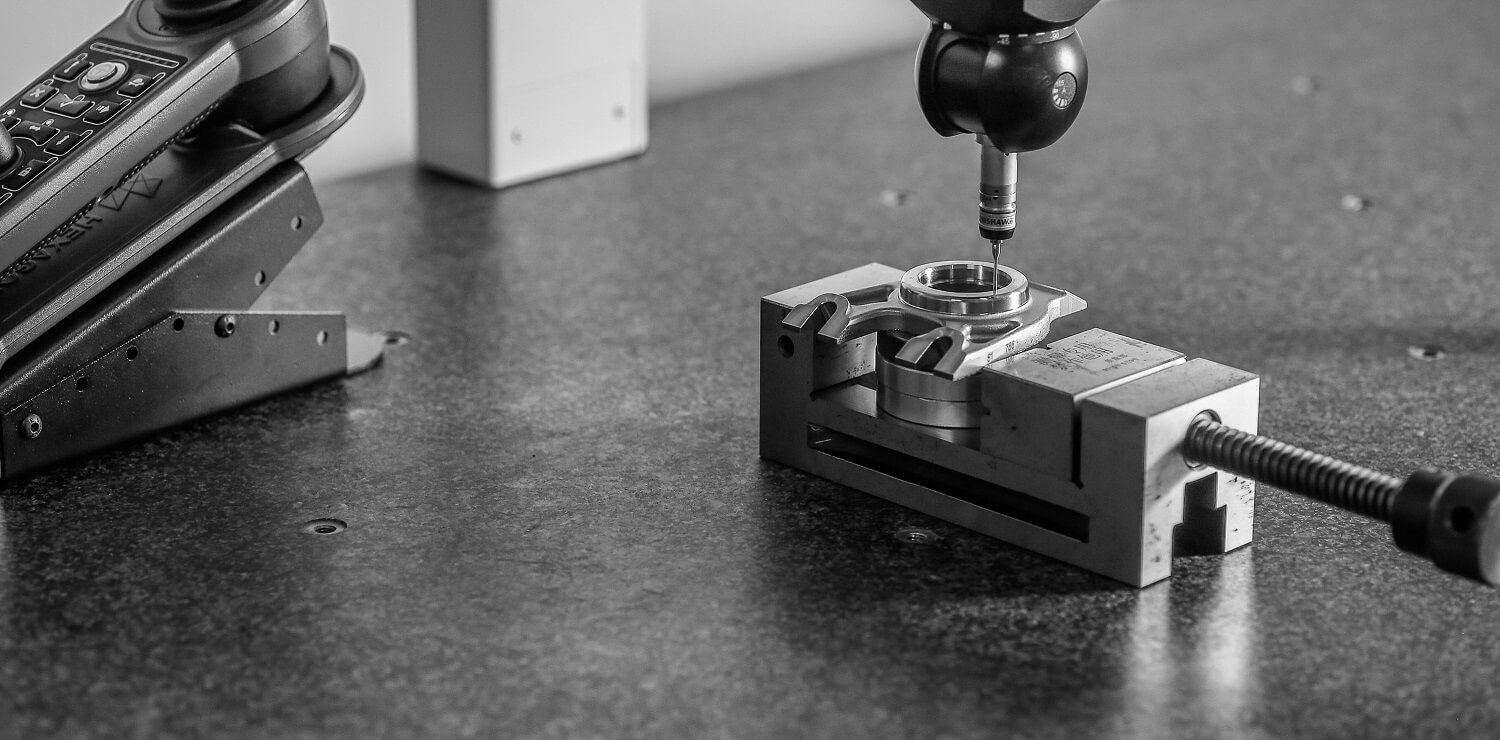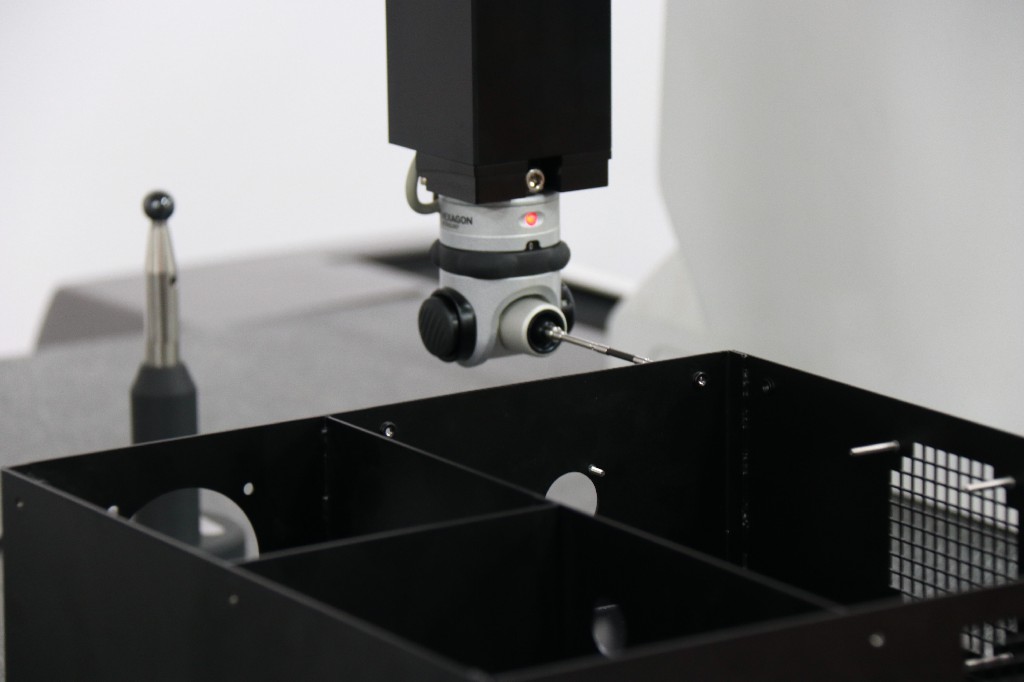
What is CMM Inspection
CMM machine is an important tool in the manufacturing process due to its role maintaining workflow. CMM (coordinate measuring machine) inspection is where objects for products can be inspected for quality and measured. The Coordinate Measuring Machine is used to measure the dimensions and characteristics of object. It can measure a single point in a 3D shape or the whole shape. CMM consists of X, Y and Z axes, each of which is helpful for measuring products and can be accurately positioned in other precision machines.
The capabilities of CMM
The CMM measurement function can be extended to many different part, for example:
Dimensional – The ability to measure multiple axes of an object to get the whole dimension.
Profile – CMM can capture profile information and the form of both 2D and 3D objects.
Angle – Angles and orientation of two different points of an object can easily be measured.
Depth – The ability to map the depth of any object with the use of two stereo images.
Dimensional – The ability to measure multiple axes of an object to get the whole dimension.
Profile – CMM can capture profile information and the form of both 2D and 3D objects.
Angle – Angles and orientation of two different points of an object can easily be measured.
Depth – The ability to map the depth of any object with the use of two stereo images.
How Does CMM Work?
After placing the object or tool, to be measured on the work table (plate), the CMM performs two operations. The first is to use its probe to measure the geometry and dimension. It then conducts some analysis to confirm the design of the object or tool.
The CMM plate, where the object is placed, is usually made of dense, rigid material, giving it much-needed stability to hold the workpiece. The balance of this structure is essential for accurate CMM measurement and analysis.
Above the work table is a mounted gantry with a vertical mechanical probe. The gantry is responsible for controlling the probe to take measurements of the tool or object along the X, Y, and Z coordinates. After measurement, the dimensional information obtained is then processed and analyzed, which ends the activities of a CMM.
The CMM plate, where the object is placed, is usually made of dense, rigid material, giving it much-needed stability to hold the workpiece. The balance of this structure is essential for accurate CMM measurement and analysis.
Above the work table is a mounted gantry with a vertical mechanical probe. The gantry is responsible for controlling the probe to take measurements of the tool or object along the X, Y, and Z coordinates. After measurement, the dimensional information obtained is then processed and analyzed, which ends the activities of a CMM.

Advantage of Coordinate Measuring Machine
Quality Assurance
Generally, CMM machine is the most precise measuring tools, with an accuracy smaller than 1 micron. This is perhaps the main benefit of a coordinate measuring machine. This device is the most reliable for measuring parts dimensions during manufacturing.
With this device, all measurement comes from a single origin that operates under a coordinate system, ensuring minimal chances of error and increased dimensional accuracy. In addition, besides measurement and dimensional analysis, the machine may serve other functions, including tool certifications and CAD comparisons, among others, resulting in quality assurance of end products.
With this device, all measurement comes from a single origin that operates under a coordinate system, ensuring minimal chances of error and increased dimensional accuracy. In addition, besides measurement and dimensional analysis, the machine may serve other functions, including tool certifications and CAD comparisons, among others, resulting in quality assurance of end products.
High Compatibility
Regardless of the complexity of the geometry of the workpiece, CMM machines are capable of taking accurate dimensional analysis. CMM machining is compatible with most industrial appliances and tools making them a universal measuring device for various measuring tasks during parts production. With portable arm measuring arm CMM, you can even measure fixtures fixed in an assembly.
Save Time and Money
CMM machine is integral to the production flow because of its speed and accuracy. Production of complex tools is becoming rampant in the manufacturing industry, and the CMM machine is ideal for measuring their dimensions. Ultimately, they reduce production costs and time.
The disadvantage of CMM
Indeed, CMM is highly valuable to the manufacturing sector. However, let’s take a quick look at some disadvantages of using this machine.
- It’s expensive; hence requires a high upfront investment.
- The probe may affect soft parts components made of rubber and other elastomers during dimensional analysis.
- Most coordinate measuring machines are large, requiring enormous room space.
Conclusion
CMM is a device used to measure a workpiece’s dimensions and physical features. Reading this article, you must have learned about this device’s benefits to the manufacturing sector. It’s an excellent measuring tool, especially when fabricating components with high precision and tolerance specifications.
-q4gvl4k29y4hq8j9rjpapvj0ft06fje63olt7p210i.png)

